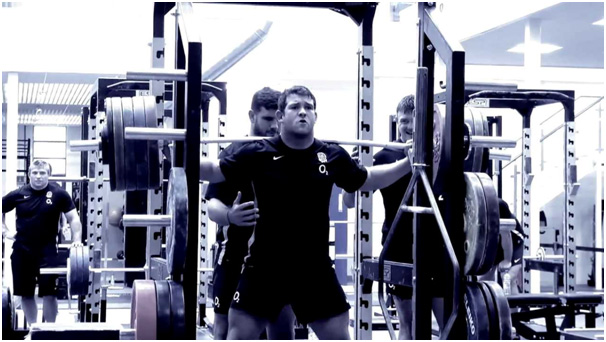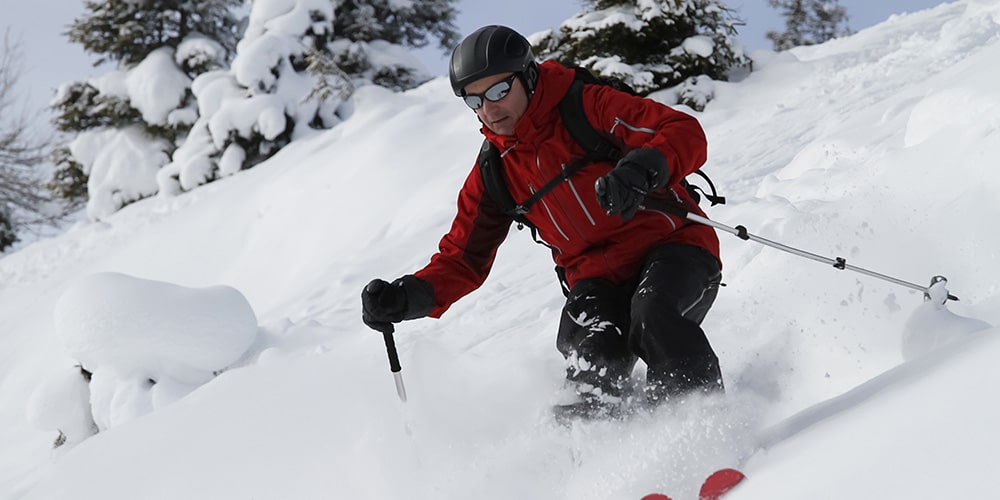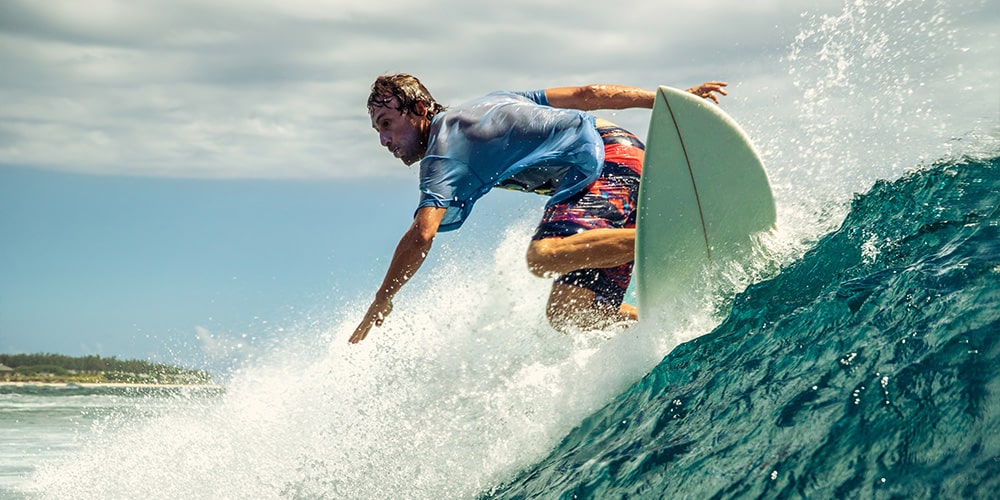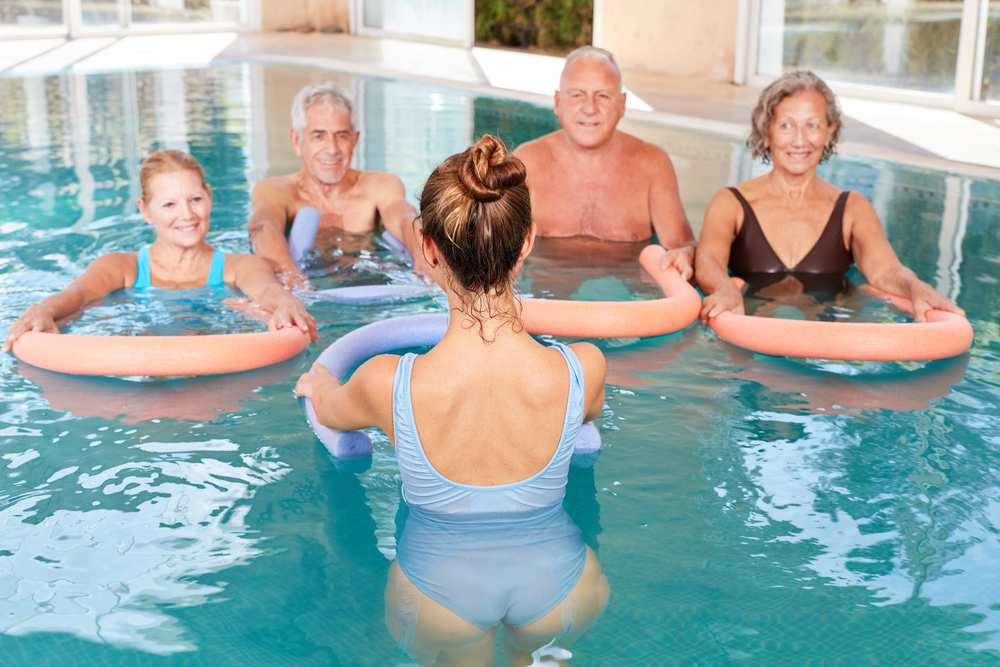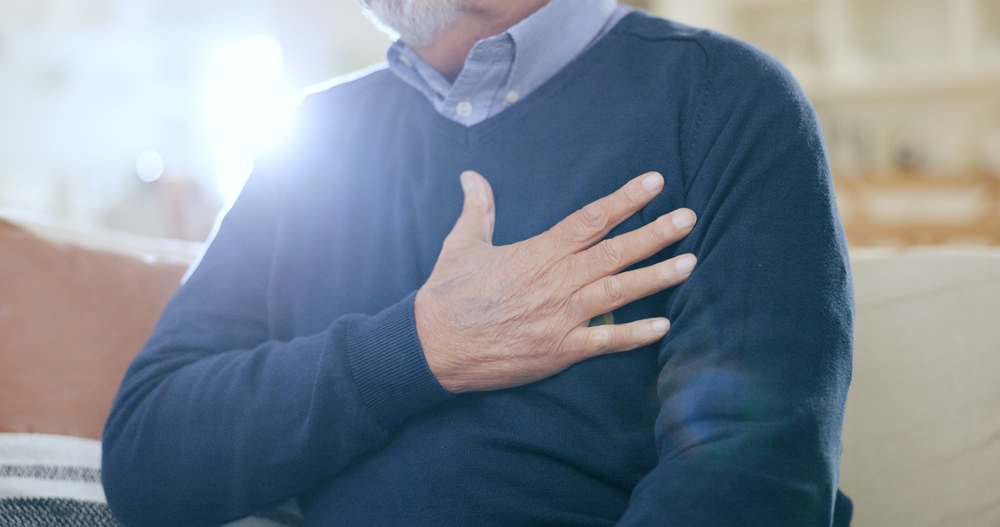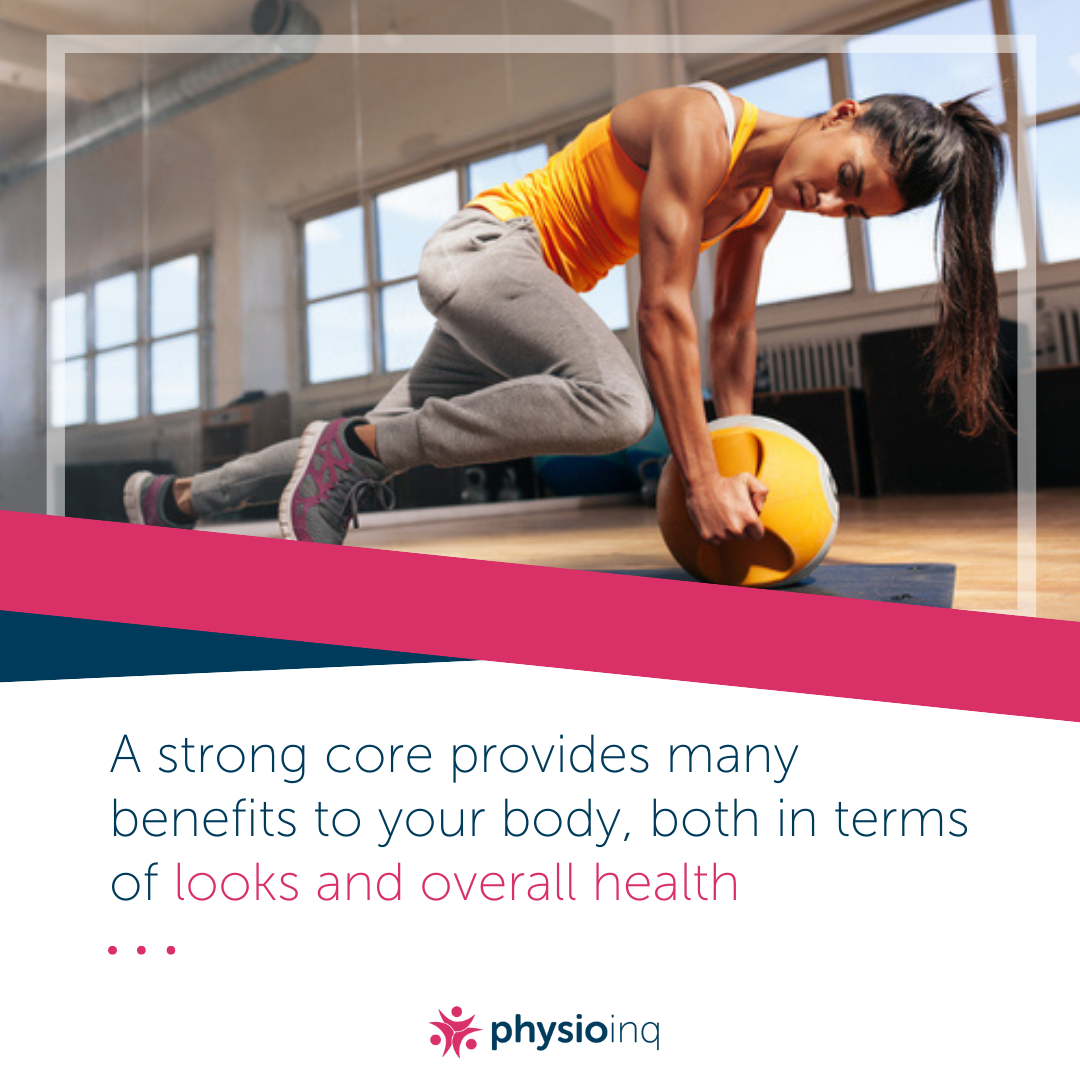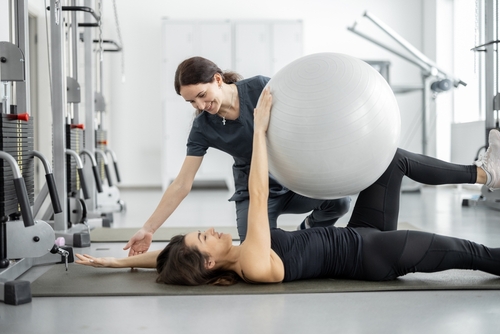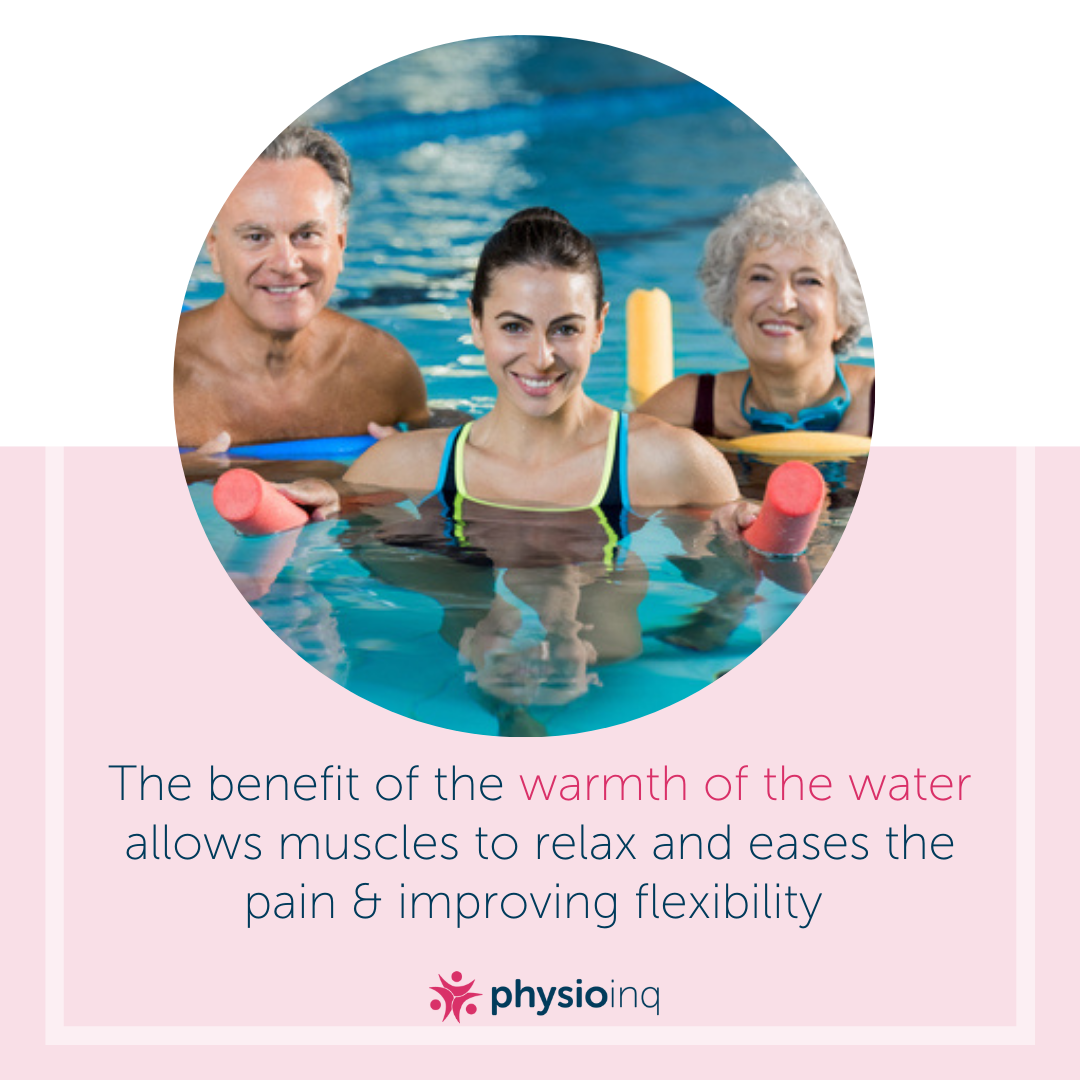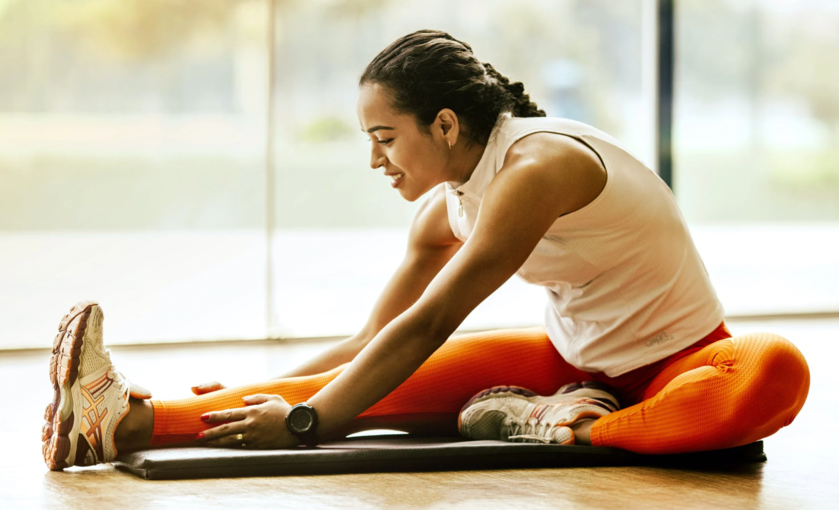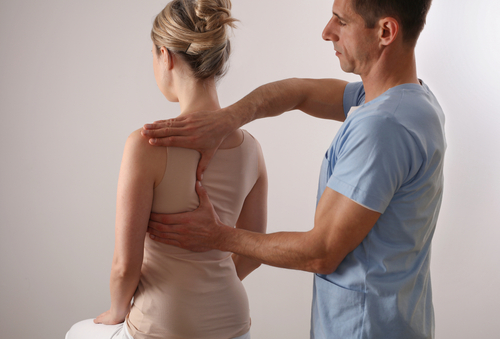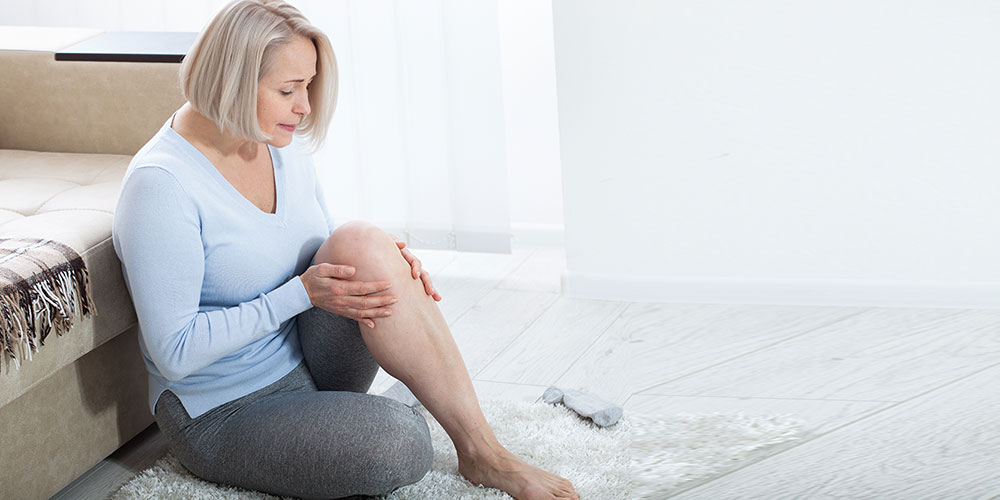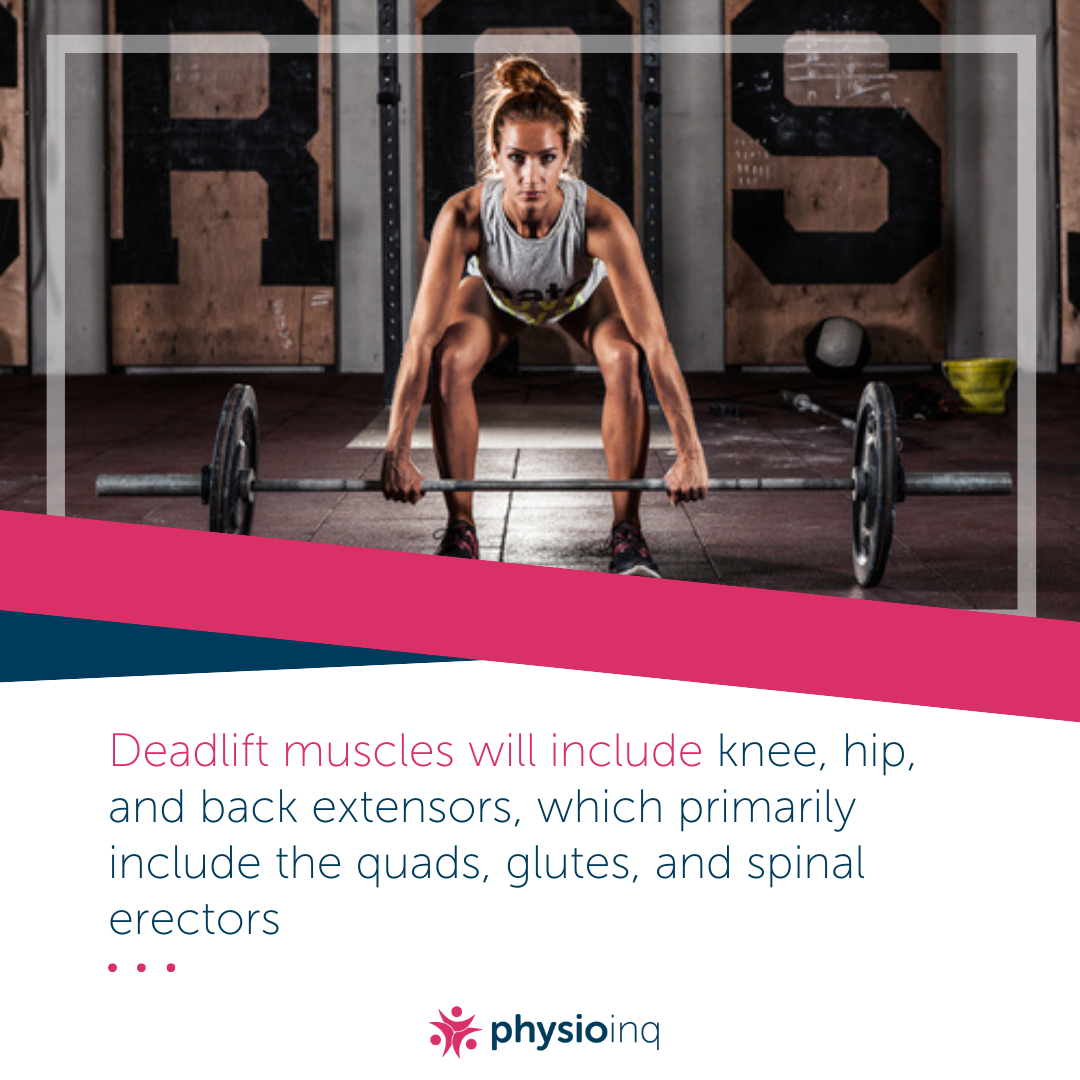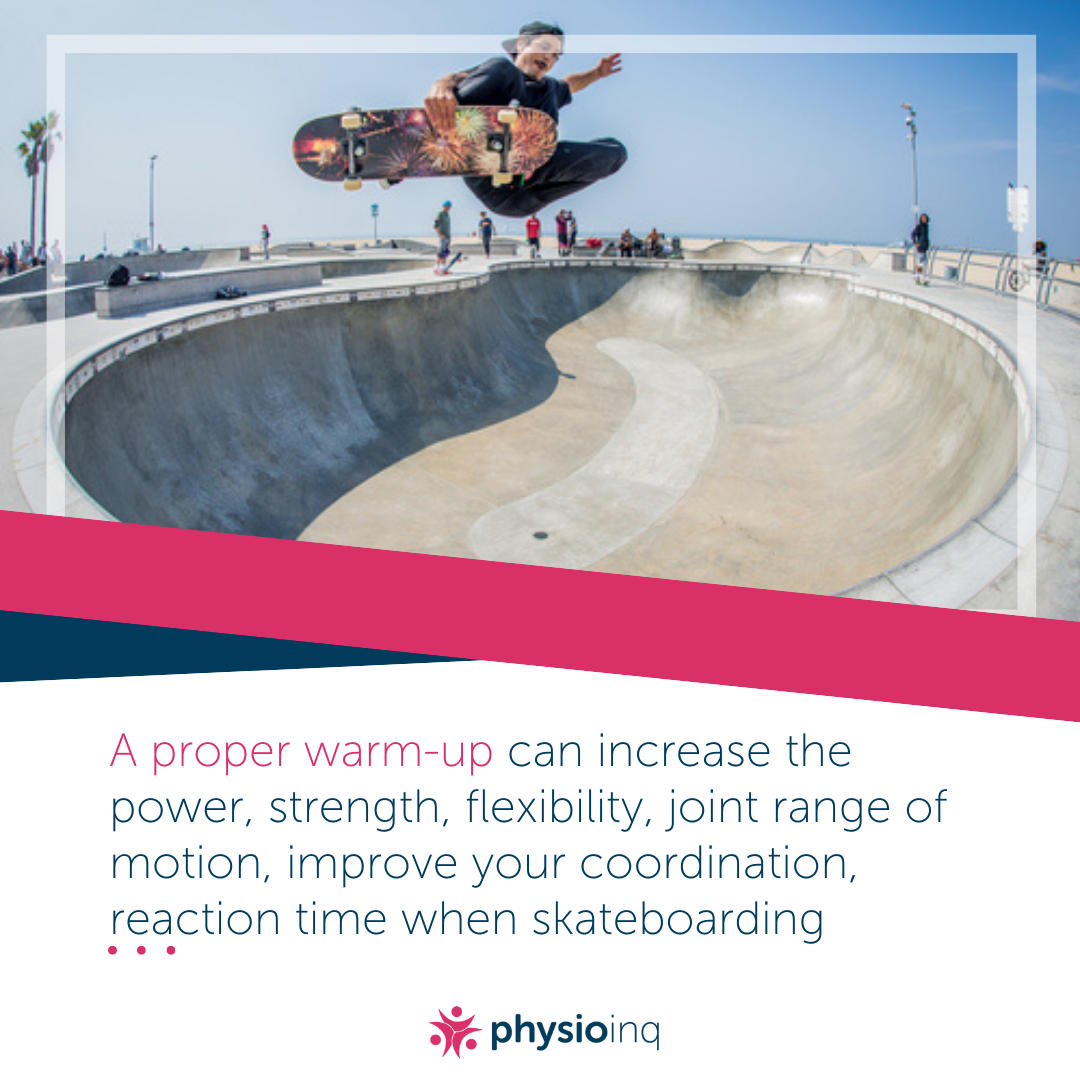Make an Appointment
Sprint training is a great addition to any exercise or sports training program. It builds muscle, burns fat and saves you time. The problem is, sprinting is a very intense activity and can lead to physical injury if your body is not properly prepared for it. Taking time away from training to rehab an injury is never ideal. So, how can you get more out of your legs while avoiding injury? The answer, is simple. It’s called Prehab.
What is prehab?
Prehab, or prehabilitation, is an exercise program or routine aimed to strengthen your body in various ways to prevent injuries before they occur. Prehab aids in strength, mobility, balance, range of motion and coordination in order to prepare your body for sports specific movement and avoid injury.
Why sprint training?
Sprinting is great for burning fat while maintaining muscle mass. Consistent sprint training creates an athletic physique while improving speed and acceleration with little time commitment. You can start implementing a sprint training program as part of your current routine immediately by using 100m workouts. 100m sprint training exercises can be a great place to start without risking running injuries.
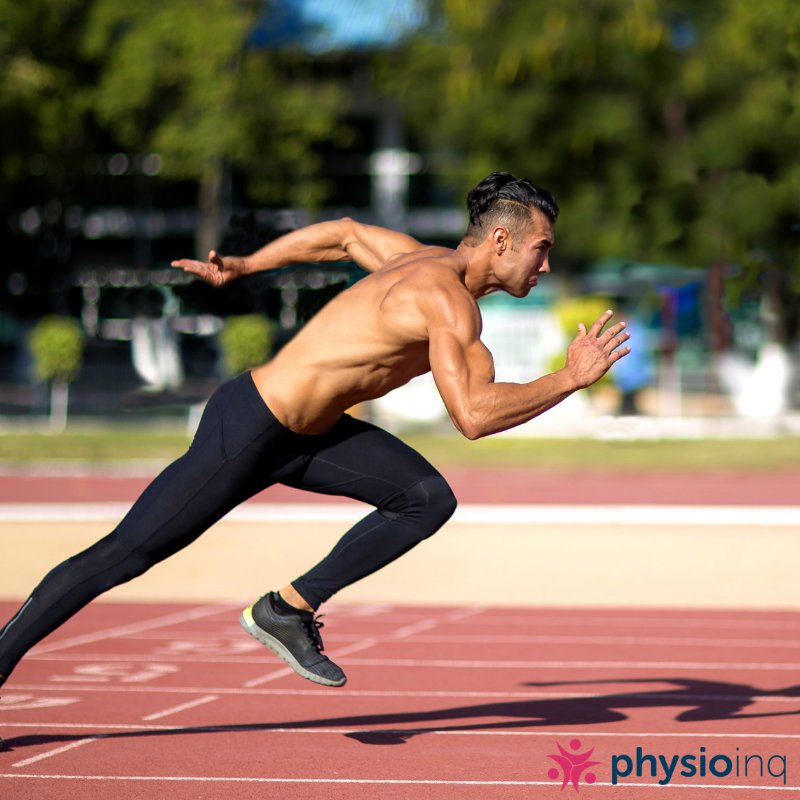
Common running injuries
Running injuries are common, especially as a result of short, high-intensity periods of running i.e. sprinting. Most leg injuries from sprinting occur in the hamstrings and can require extensive rehabilitation. Stress fractures, ankle sprains and cartilage issues in the knees are also common amongst sprinters.
**For the best practices to use and to learn more about implementing treatment strategies it is always best to consult a physician or physiotherapist.
Why do injuries occur?
Most injuries occur when we get ahead of ourselves and try to partake in too much exercise without enough preparation. It’s normal to want to get on the track or treadmill as much as possible to break a new personal record (or before the coffee wears off). And in a world where taking “no days off” is encouraged, injuries are becoming more and more common amongst the average person.
When it comes to any type of exercise, it is important to not only listen to your body and take time off when needed, but make sure you are preparing your body for the specific activity as well. This comes in the form of a proper prehabilitation program consisting of such exercises as a proper warmup routine before exercise, muscle therapy and consistent strength training to create a muscular support system that will aid in proper body mechanics i.e. your running form.
Believe it or not, running takes a great deal of coordination. Because of this, once you get tired, muscle imbalances, tightness and strains surface, showing themselves in poor posture, form and muscular overcompensation. The result, is extra pressure and strain being put on weak areas of your body, increasing the chance of injury.
How to prevent running injuries with prehab
Ideally, you want to prevent injuries before they occur. A sports specific prehab program is important for athletes and runners of any level. It is not only to be used directly before exercise, but consistently as part of a daily prehab training program.
“Strength training can reduce sports injuries to less than a third” - as outlined in this article on using Prehab to Avoid Rehab by Runners Connect.
Prehab for sprinters
Creating a prehab program specific to sprint training comes in 2 major parts. Strengthening the muscles that support possible areas of injury (glutes and hamstrings), is one. The other, is relieving tight muscle groups that develop in runners and create muscular imbalances (quads and calves). Addressing these issues in combination with adequate stretching and range of motion exercises will keep you injury free for longer and moving towards your goals faster.
Strengthening your hamstrings and glutes
This may be the easiest aspect of prehabilitation to implement into your current training schedule. Try implementing this simple strength training routine 3 x 4 times per week including immediately before engaging in sprinting or running activities.
1. Squats (3-4 sets of 10-20 repetitions):
Squats are the simplest and maybe the best exercise for strengthening both your glutes and hamstrings. Body weight squats with proper form give you enough weight to strengthen your glutes and hamstrings, creating a strong base. This aids tremendously in creating the muscular balance needed for perfect running form.
**The squatting movement also strengthens your calves and hip abductors. Strengthening these specific muscle groups are great for preventing knee pain and injury as well.
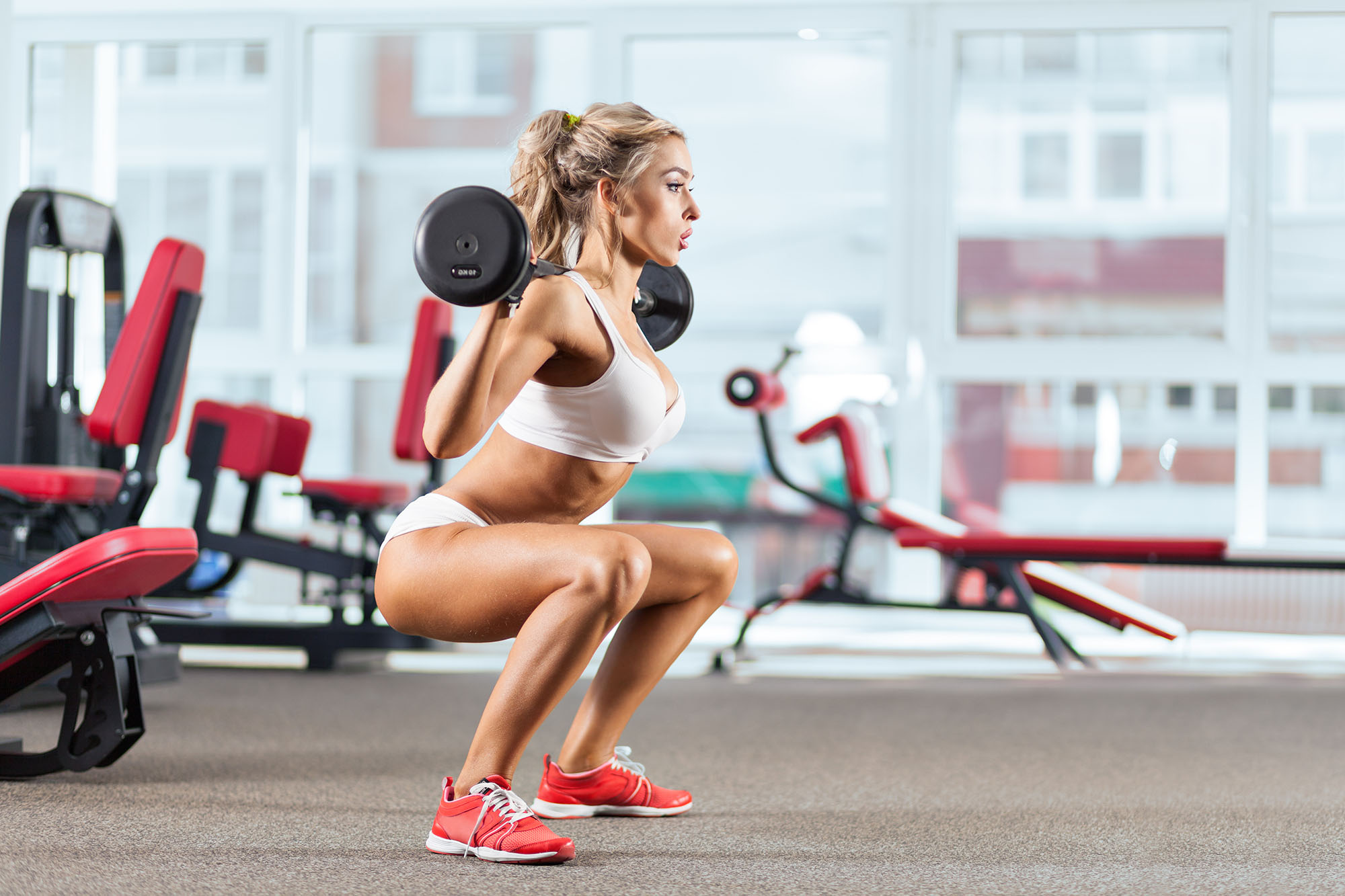
2. Walking lunges (3 sets of 10 per leg)
Lunges are essentially exaggerated running steps and help to strengthen the muscles needed for balancing. While lunging, make sure your front knee does not move past your toes. Sink yours hips down as you lunge rather than moving them forward. You should feel this exercise mainly in your glutes, hamstrings and calves. For extra balance or to sink deeper into the movement, you can reach your arms out to the front or to either side of your body; acting as a counterbalance.
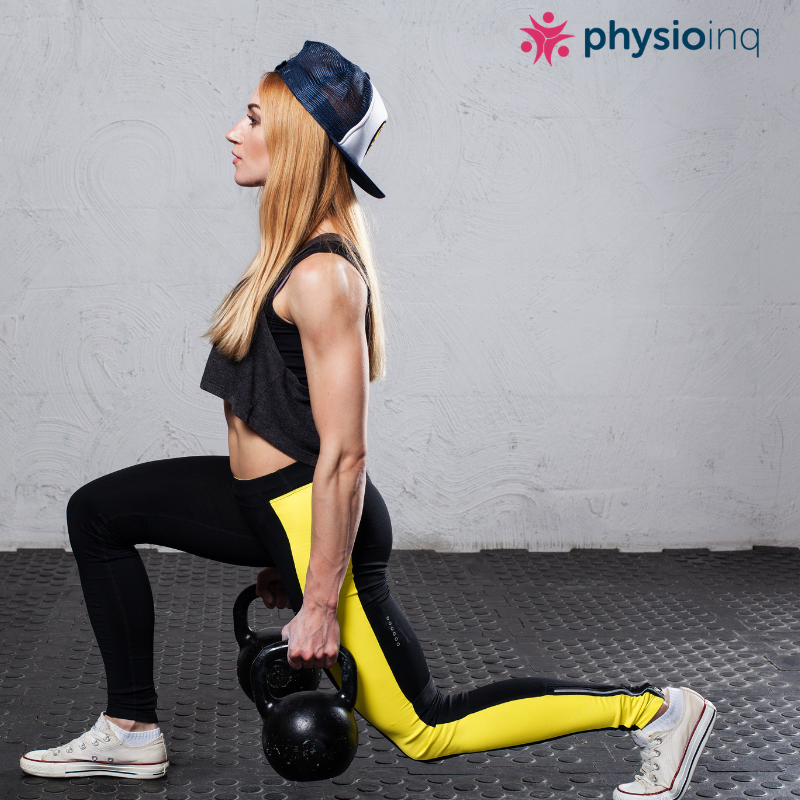
3. Single leg deadlifts (3 sets of 10 per leg)
Single leg deadlifts focus mainly on your hamstrings (which is the most common area of injury for sprinters). Strengthening your legs one at a time creates a great symmetry of strength which is very helpful for running. This exercise not only aids in strengthening weak hamstrings, but strengthens your feet, ankles and improves balance as well.
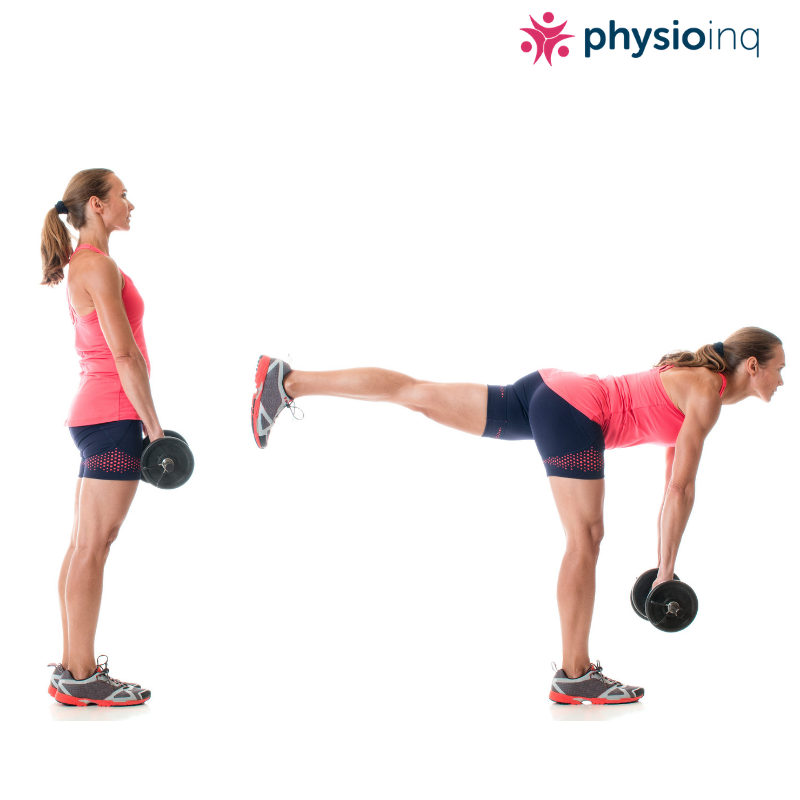
4. Split squats (3 sets of 10 per leg)
A split leg squat; also known as a ‘Bulgarian split squat’, is a cross between a lunge and a squat. Split squats are awesome for working on your balance while simultaneously strengthening your glutes, core and hamstrings. Elevate your rear foot on a surface of around 2-3 feet off the ground (you can use a park bench, couch or box for this). Complete a lung with your rear foot elevated, sinking your hips down and using the same rules that apply to a walking lunge; your front knee should never move past your toes.
**Remember that the purpose of these exercises are to strengthen the leg muscles used while running or sprinting and not to fatigue them. Start off with as many reps as feels comfortable and work your way up to the recommended sets and reps. Only do as many as is comfortable for you to perform with perfect form.
Relieving muscle tightness and improving range of motion
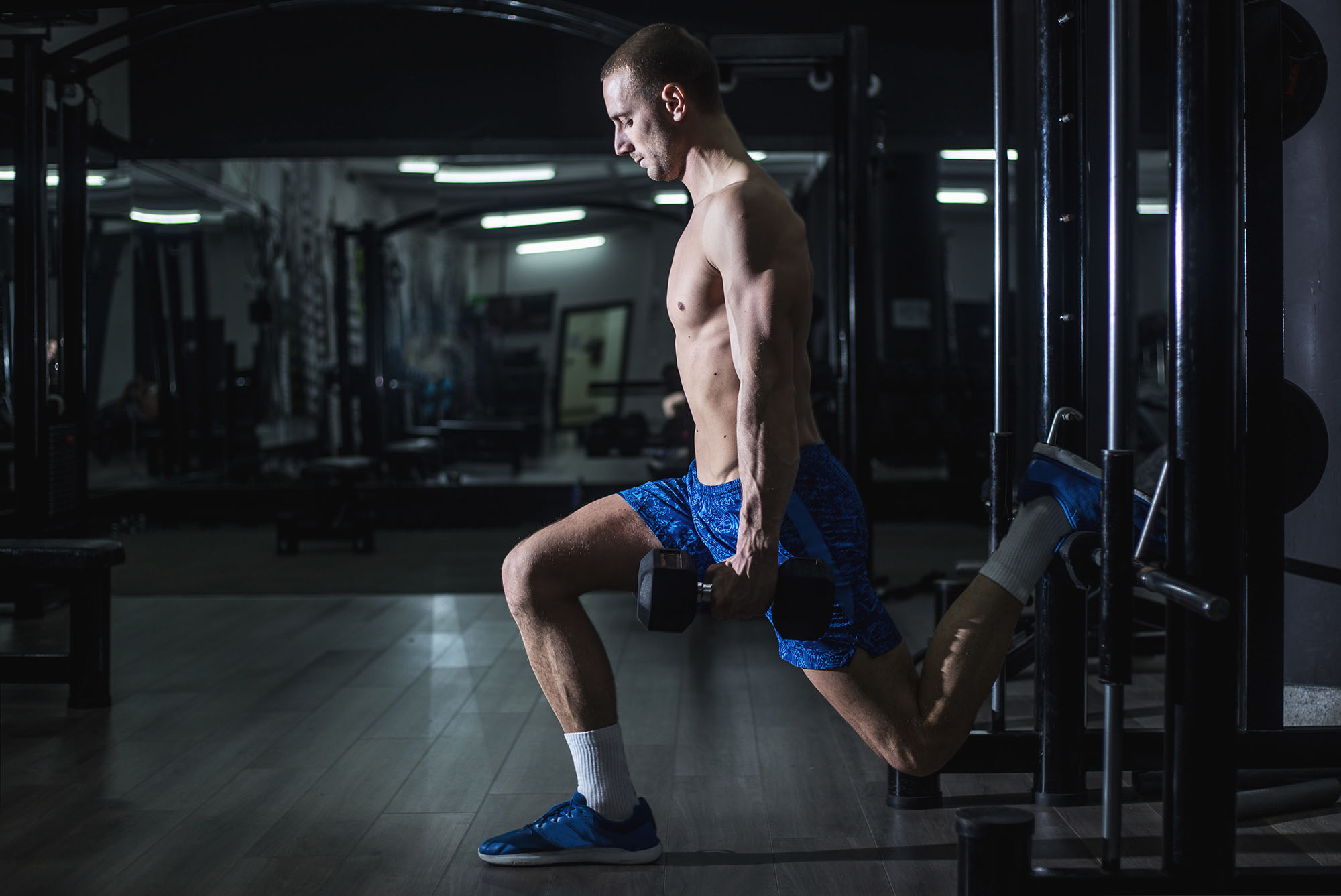
1. Foam rolling:
Tight quads and calves are common amongst runners and sprinters and not only cause discomfort, but lead to muscle imbalances and pour posture as well. The solution, is to loosen these tight muscles and work out any tension in them as often as possible. Make it a part of your daily routine and at the bare minimum, directly before partaking in any running or sprinting activities. Moving slowly, lay or sprawl on a foam roller and move back and forth to apply pressure to your muscles with the weight of your body. Any specific area of tension or one that causes you to feel deep pressure or discomfort is referred to as a ‘trigger point’. These are important to locate and work on specifically in addition to consistent foam rolling.
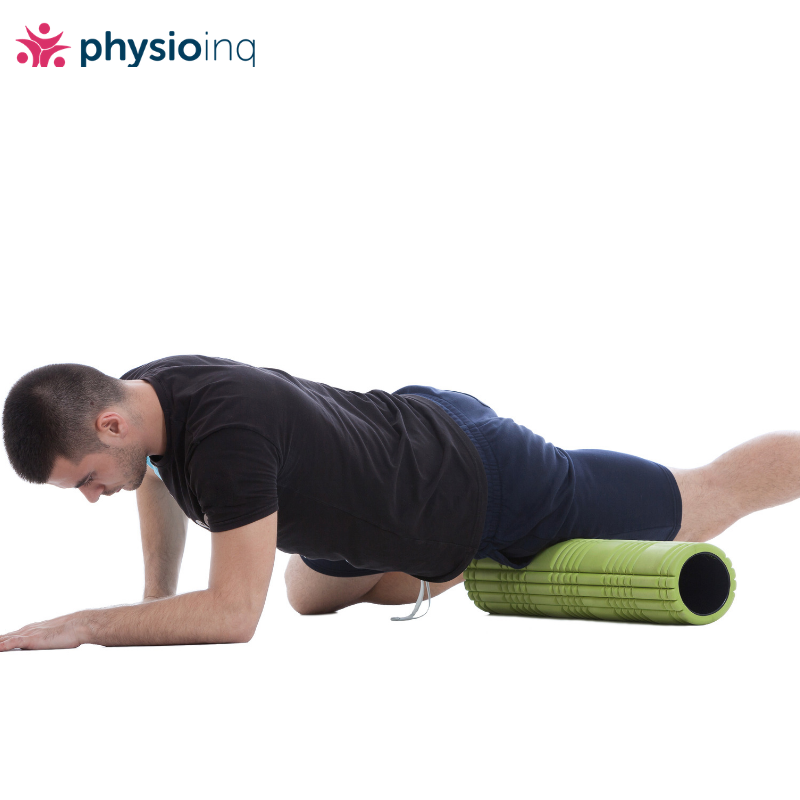
2. Trigger point therapy:
Much like foam rolling, trigger point therapy is essentially self-massage on specific areas of muscular tension. For runners and sprinters, tight hip flexors and IT bands are common areas of tension and full of trigger points. You can either purchase a sports massage ball to complete your trigger point therapy or get innovative and use something you have at home, like a lacrosse ball. You want to be applying pressure on these areas of tension as often as possible. Daily is ideal.
**If you are having difficulty finding your own trigger points, or prefer to have your muscles worked on by a professional, learn what type of massage is best for you on our blog!
3. Stretching:
Stretching is an essential aspect of any exercise program. For sprinters and runners, tight hips are a major cause of injury if not warmed up and stretched out properly. This means stretching your hip flexors before and after your workout as well as on your days off. You can learn more about the different types of stretching and how to effectively use them here.
Tips for implementing your prehab training program
If you are someone plagued with injuries or just feel too sore to work out as much as you would like, prehab can help. It may be the one aspect missing from your current routine, and if implemented correctly is sure to kickstart your athletic progress into hyperdrive. Here are some helpful tips to remember when implementing and maintaining a personalized prehab program:
- Prehab is an ongoing process - Think of it as a long-term addition to exercise even if you are not experiencing any pain or discomfort. Daily stretching, trigger point therapy, massage and muscle strengthening exercises all aid in injury prevention and overall performance.
- Listen to your body - When engaging in high intensity workouts such as sprinting, your body needs to be balanced and coordinated. If you are feeling tight, off balance or sore, it is important take the time necessary to address your body’s needs. If need be, take a day off of sprinting or running to focus on stretching, trigger point therapy, range of motion or to get a massage. You’ll be glad you did!
- Ask for help - Whether it is with creating a prehab program, maintaining it, or seeking out a professional to get some additional information, don’t be afraid to ask for help! Joining a yoga studio or teaming up with friends can be great tools to make sure you stay on track with your injury prevention, prehab program. If you would like help from a trained professional to maximize your performance, consider speaking to a physiotherapist or exercise physiologist.
Get more out of your legs and avoid injury
Whether you’re an athlete, someone that wants to shed fat quickly while maintaining muscle or just an average person looking to improve their speed and performance, sprinting is a great way to get there. Avoiding injury is the best way to stay consistent on any exercise plan and prehab is essential for staying injury free and making the most progress possible.
Start your prehab on the right foot
It can be difficult to assess nagging or long-standing injuries and hard to know exactly how to heal them once they occur. It can be even harder to create a prehab program for yourself without having the proper training and knowledge.
If the thought of creating a prehab program yourself sounds overwhelming, we can help! We have a team of Physiotherapists and Exercise Physiologists across Australia ready to assess and educate you on your body’s needs in order to create the best possible prehab program for you. We also offer Mobile Physiotherapy whereby we can have one our physiotherapists attend your home or even at your home athletics track. Contact us by phone at 1300 731 733 or find a location nearest to you to get started!
Date Published: Sunday, January 20, 2019
Locate a Mobile Physiotherapy
Service Near me
Get the experience & convinence you deserve to support your or a loved one's allied health needs.
Our Mobile Physiotherapy team are currently serving & taking appointments in the following states and regions in Australia:
Need to get into direct contact with ur Client Services team? We're all ears. Call our team directly on 1300 731 733
